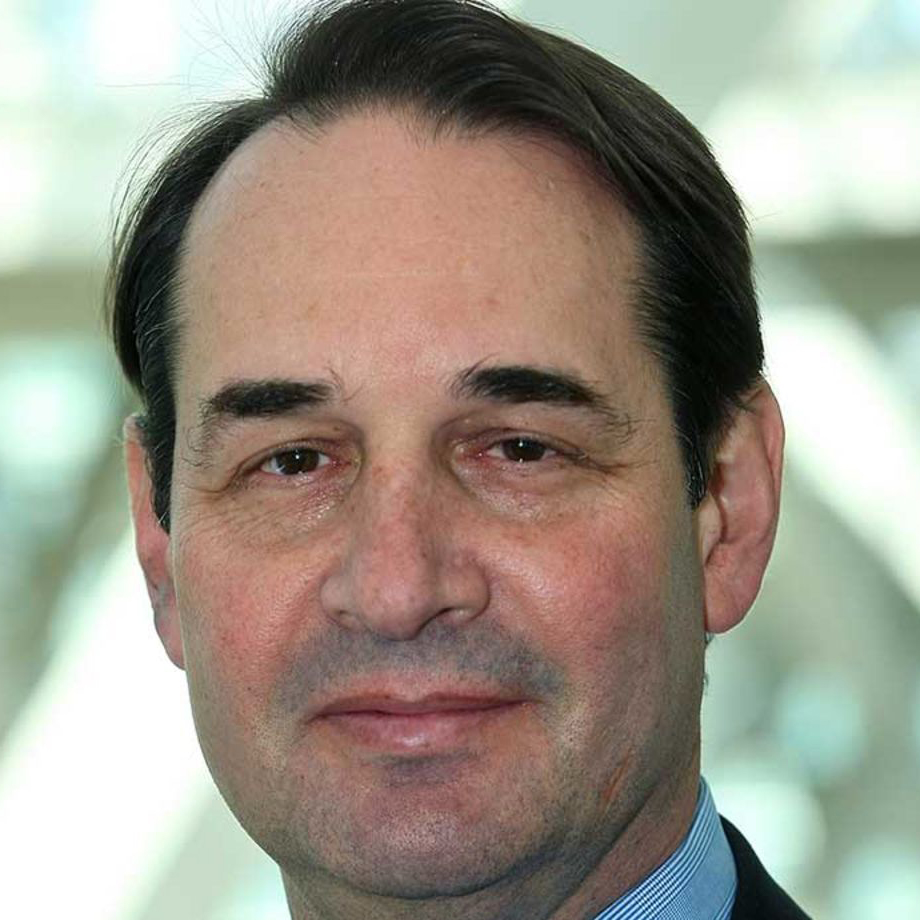PwC Study Finds Cord-Cutting Slowing

Cord-cutting is happening at a slower rate than expected and fewer consumers see themselves dropping pay-TV in the future, according to a new survey from PwC U.S.
The report, entitled Videoquake 4.0: Binge, Stream, Repeat – How Video Is Changing Forever, found that 84% of pay-TV subscribers say they expect to subscribe to cable one year from now. That’s up from 70% in the 2015 study but down from 91% in 2014.
Cord-cutting is a major concern for traditional media companies who have seen the number of pay-TV subscribers erode, which cuts into distribution revenue. Because digital viewing is not included in some ratings reports, it also impinges on advertising revenues.
Related: Fans Rate RSNs as Key Channels in Bundle
Among the consumers who trimmed the TV bundles—cord trimmers—51% say they now pay more for video programming than they did a year ago.
Compared to a year ago, 42% of all U.S. consumers said they are paying more now for video.
Related: fuboTV Expands With Fox, NBCU Agreements
The smarter way to stay on top of broadcasting and cable industry. Sign up below
PwC says that streaming services will continue to grow as additions, not replacements, to pay-TV packages. The growing popularity for a new generation of high-quality video, along with live TV, is reducing pricing sensitivity, according to the study, and the availability of more great content in more formats may not be the death of traditional pay TV but rather the beginning of a world in which pay TV is merely one among many video services consumers use.
When it comes to mobile viewing, there is so much content that more than two thirds of those surveyed said they felt content fatigue. What would get them to watch more? The ability to watch on a bigger screen, they said.
Related: Turner, IRI Study Urges Shifting Dollars to Ads
The report found that 76% of consumers say they are watching more video on mobile devices than a year ago and that 60% said that their phone was the primary place they watched video. That includes short-form video as well as TV shows and full-length films.
For younger consumers, the amount of mobile viewing is even higher with 70% of 18 to 24-year-olds saying the phone is their main source of video. Among those young viewers 72% say they watch TV shows on mobile devices and 80% say they watch on mobile devices at home.
Related: DirecTV Now Exceeding Expectations, AT&T Says
PwC identified a group that streams video at least 12 hours a week. These “super streamers” represent about 10% of all viewers, but their consumption makes them important targets for the TV industry.
The super streamers say they are trying to keep up with more shows than a year ago, and 54% say they binge watch their favorite shows, compared to 24% of consumers overall. The majority of these super streamers are cord-cutters, cord nevers and cord trimmers, while 39% subscribe to traditional TV.
PwC surveyed more than 1,200 consumers for its report.
Jon has been business editor of Broadcasting+Cable since 2010. He focuses on revenue-generating activities, including advertising and distribution, as well as executive intrigue and merger and acquisition activity. Just about any story is fair game, if a dollar sign can make its way into the article. Before B+C, Jon covered the industry for TVWeek, Cable World, Electronic Media, Advertising Age and The New York Post. A native New Yorker, Jon is hiding in plain sight in the suburbs of Chicago.

